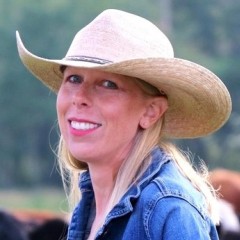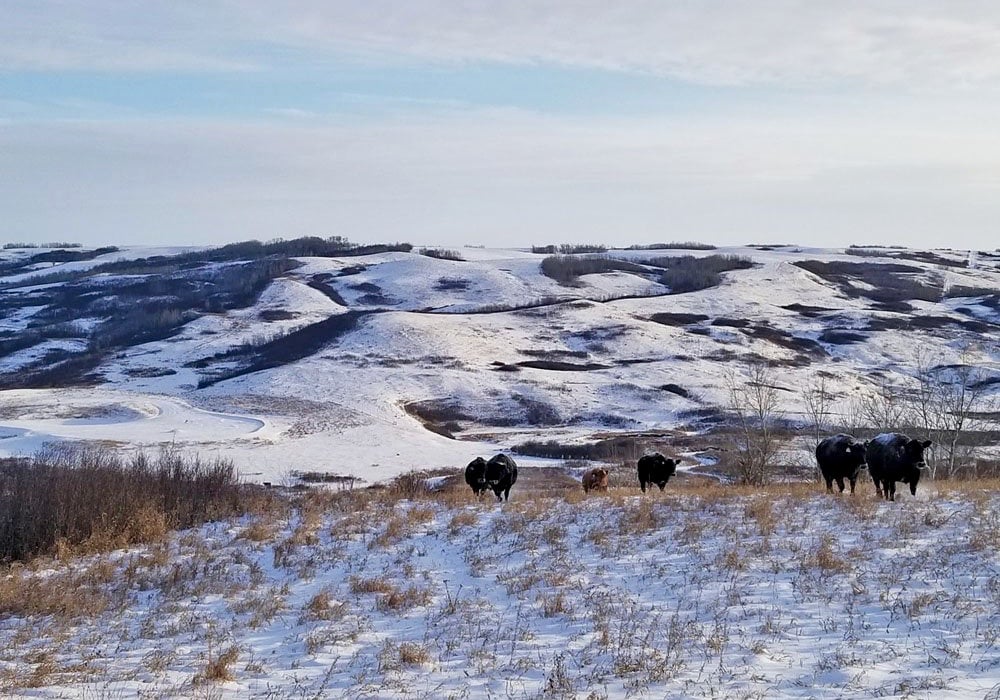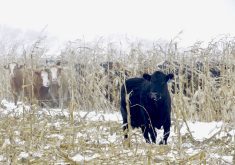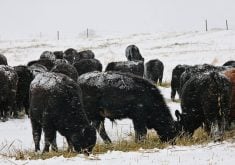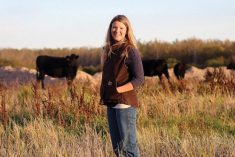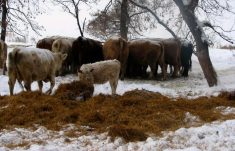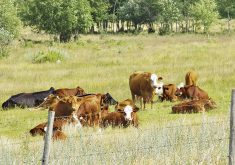A grazing plan might save you more than you think.
Whether it’s a simple or detailed plan, a few key components will not only save your grass, but maybe save you a few dollars in the long run. Adjusting your stocking rate will allow you to get good-quality forage and vigorous regrowth.
“Managing the amount of forage harvested has a significant effect on economics, mainly because of the effect it has on forage quality and rate of regrowth,” said Pete Deal, a rangeland specialist with the Florida branch of the Natural Resources Conservation Service (NRCS), the U.S. agency that helps farmers and landowners with conservation.
Read Also

New biodiversity areas identified for western grasslands
New key biodiversity area designations have been given to a number of areas in southwestern Saskatchewan and southeastern Alberta as part of an international effort to identify and contribute to protecting natural resources.
“Underutilization results in wasted forage and lower yields in terms of animal production. Excessive utilization will also result in lower yields and increased problems associated with weeds, soil erosion, and water quality issues.”
In a webinar last month, Deal and Idaho NRCS colleague Brendan Brazee gave a step-by-step guide to creating a grazing plan.
“A well-planned grazing system is the key to maintaining or improving productivity, health, vigour, and ecological condition,” said Brazee.
When developing a grazing plan, there are eight different elements to consider, he said.
Goals/objectives
They need to be clearly defined and written down, said Brazee.
“The objectives should be specific, measurable, achievable and able to occur within a given time frame.”
Resource inventory
“This is one of those important parts that often gets overlooked,” said Brazee. “Your resource inventory is a collection of all the information you know about the operation.”
This includes maps that identify land use and ownership, grazing units, structures (such as fences and water areas), areas of concern (poisonous plants, for example), soils, an animal inventory (both livestock and wildlife), and the location of key areas and monitoring sites. Also include any threatened or endangered species or areas of cultural significance.
Forage inventory and analysis of resource conditions
Knowing what is growing in your pastures is paramount, so devote some time to these two related parts of your plan, said Brazee.
“The inventory of expected forage quantity and quality, and species of each management unit for the whole area, should be noted. The production of each unit should be determined based on the available forage for both livestock and wildlife,” he said.
Adjustments need to be made if pastures have steep slopes or if there is a distance for the livestock to go for water. These areas may not be fully utilized, and therefore would have less available forage. Use terms you are familiar with, such as animal unit months per acre (AUMs/ac.). Any past history of grazing would also be useful.
“Stocking rate, type and class of livestock, season of use, brush management, and wildlife numbers (observed) should also be collected,” said Brazee.
Forage/animal balance
Along with ensuring there’s enough forage to meet the demand of animals and wildlife, also consider whether a few tweaks (such as brush management or water improvements) will make more forage available.
Deal said some ranchers he works with find it’s more profitable to understock pastures. By conservatively stocking, they reduce the need for purchased supplement feed or forage.
Grazing schedule
This is the heart of a grazing plan. It should be site specific and based on all the information that has been collected. It’s at this point you choose a grazing system.
“The system selected should consider economics and time constraints of livestock movement,” said Brazee. “It should also provide flexibility to adjust for climatic conditions and other factors.”
The schedule should span at least three years, and cover grazing periods, how many times a pasture is grazed during a season, rest (no grazing for 12 months), and deferment (resting for just part of a season).
“Livestock movement needs to be based on plant growth and recommended use levels, not calendar days,” said Brazee.
“The most profitable grazing systems reduce or eliminate the need for stored forages,” added Deal.
Contingency plan
“Flexibility is needed in any grazing management plan to adjust for changes in forage production, availability of water for livestock, drought, fire, floods, or other natural events,” said Brazee.
Listing potential problems in advance not only allows you to respond quickly if the number of grazing animals changes or feed or water becomes limited or unavailable, but also to take advantage when conditions are favourable and there’s more forage than expected.
Monitoring
Collecting data is key to ensuring your grazing management is working and for assessing stocking rates are correct for the plant types present. Select representative areas in different pastures, said Brazee, adding some pastures may have multiple key areas. However, don’t select areas where there’s animal concentration, stream crossings, water access points, or fencelines.
The bottom line
Having clear goals and objectives are the keys, Brazee said.
“Make sure they are smart, measurable, attainable, repeatable, and able to be completed in a timely manner,” he said. “Even though plans are recommended to be written for three years at a time, that plan is rarely followed completely after the first year after monitoring and adjustments to the plan. Flexibility is the key.”
The webinar can be found at www.conservationwebinars.net. A grazing template can be found at: https://www.nrcs.usda.gov/Internet/FSE_DOCUMENTS/nrcs141p2_023594.doc.

